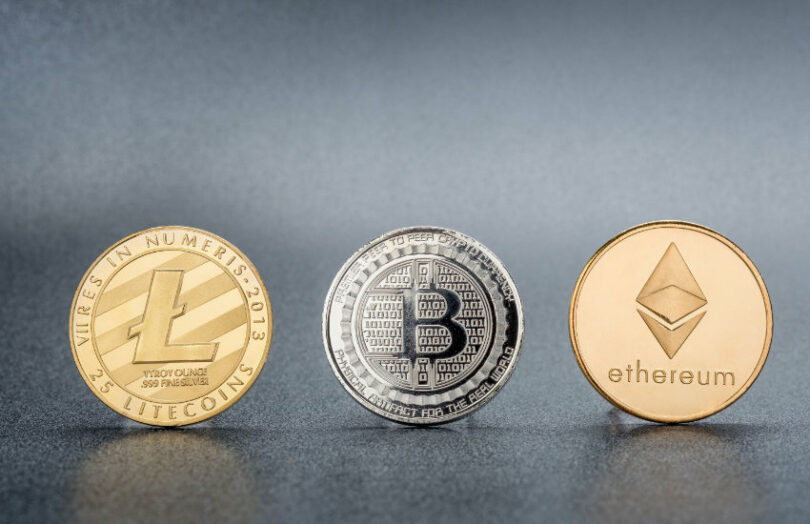The European Securities and Markets Authority (ESMA) is the umbrella regulator for crypto-assets under the EU’s MiCA regulations. Yesterday it released an analysis of cryptocurrency market structures, secondary trading and their relevance for the EU. While it hasn’t happened yet, it cautiously expects that MiCAR might encourage crypto trading in the EU to increase “given the regulatory certainty and enhanced protection it will provide to firms and investors in the EU.”
The authors found extensive concentration in most aspects of the crypto world, including the assets themselves, stablecoins, fiat currencies, and exchanges. While most people with crypto knowledge are aware of this, the extent of the concentration is extreme.
On the asset front, Bitcoin, Ether and Tether accounted for 73% of market capitalization at the end of 2023 and 55% of trading volumes for the year. Expanding to the top ten assets, the figures are 86% in value and 64% for trading.
Unsurprisingly, stablecoins have considerably more turnover than other crypto assets. Tether is the stablecoin most often used in trading pairs and has a turnover-to-value ratio of 24, and USDC’s ratio is 10. That compares to two times for Bitcoin and Ether. Amongst all stablecoins, Tether accounts for 70% of the market capitalization and 80% to 90% of stablecoin trading volumes.
Regarding currencies, around 20-30% of transactions are in fiat currency, with 60% in stablecoins and the balance as crypto-to-crypto. Of the fiat transactions, 80% are in US dollars or Korean Won. Around 10% use the Euro.
Crypto exchanges are highly concentrated
Moving on to exchanges, ESMA identified 56 active crypto exchanges, of which nine have an EU Virtual Asset Service Provider (VASP) registration within their groups.
Binance is exceptionally dominant with a market share of 49% of trading. However, as of December 2023, that figure declined to 40%. It apparently holds the most VASP licenses as well, followed by Coinbase. Regarding volumes, Upbit, South Korea’s biggest exchange is a distant second. The top five exchanges have a market share of 72%, rising to 88% for the top ten. Most exchanges are headquartered in tax havens.
ESMA used the Herfindahl-Hirschman Index (HHI) to determine the market concentration of crypto exchanges and found that it went from competitive in 2018 to 2021 to moderately concentrated in 2022 and highly concentrated in 2023. The collapse of FTX would have contributed. ESMA attributed the changes to new entrants during boom times and consolidation during downturns such as 2022/23.
However, the big exchanges might get bigger because MiCA found the larger ones also provide greater liquidity.






